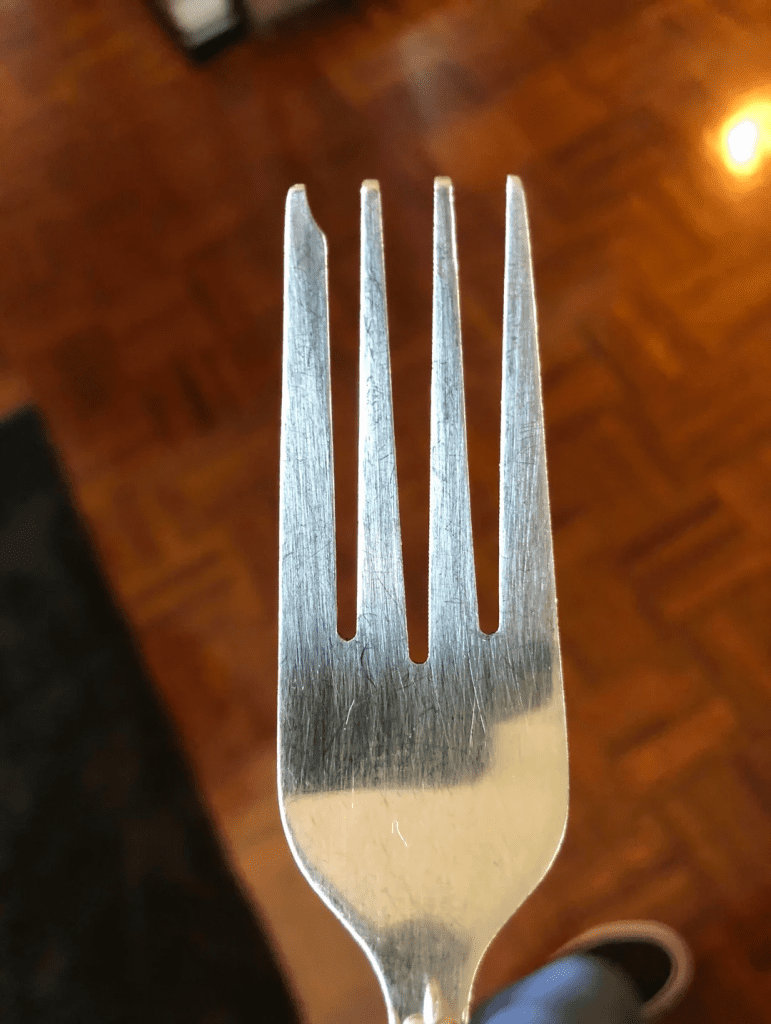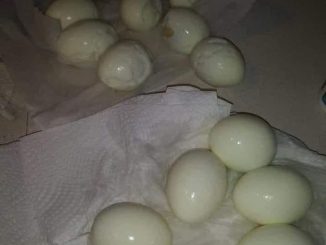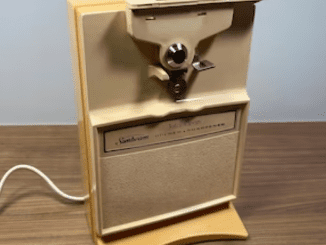Have you ever wondered about the purpose behind that inconspicuous notch on your cake fork? Far from mere ornamentation or a damaged prong, this seemingly minor feature serves a practical and ingenious function that can elevate your cake-eating experience.
The cake fork is a specialized utensil meticulously designed to enable you to effortlessly slice into your dessert without the need for a separate knife. The wider tine adorned with the notch is the key to this clever functionality.
As you press the fork into the cake, the broader tine and the notch work in harmony to facilitate a clean and precise cut. The notch serves as a guiding marker, helping you position the fork correctly and apply the right amount of pressure to slice through the cake with ease.

This seamless slicing action means you can savor each delectable bite of cake without the mess and inconvenience of using additional utensils. No more awkwardly maneuvering a knife and fork – the cake fork has got you covered.
But the surprises don’t end there. Have you ever noticed the tiny numbers etched onto the metal of your fork? These numbers hold valuable information that can provide insights into the quality and silver content of your cutlery.
Forks and other cutlery often undergo a process called silver plating, where a thin layer of silver is applied to the surface of a base metal. The numbers you see on your fork are indicators of the silver content and quality of this plating.
For instance, you might find numbers like “EPNS 100” or “925” on your fork. “EPNS” stands for electroplated nickel silver, and the number 100 indicates that the surface is fully covered in silver. Meanwhile, “925” signifies that the fork is made of sterling silver, which contains 92.5% silver and 7.5% other metals.
Fork tine shapes are carefully crafted to suit specific foods and dining experiences. Forks with long, tapered tines, like dinner forks, are designed for spearing meats and other hearty dishes. Those with a wide left tine and an optional notch, such as salad, fish, dessert, and pastry forks, offer added leverage for cutting through foods that don’t require a knife.
Curved tines, as seen in oyster forks, are shaped to match the contours of shells, making it easier to extract the delicate meat. The American size, also known as place size, is the most popular fork dimension, although variations in continental lengths exist for formal and informal dining.
Armed with this newfound understanding of the cake fork’s ingenious design and the hidden meanings behind those mysterious numbers, you can now approach your next slice of cake with a heightened appreciation for this versatile utensil.
Utilize the notch on the wider tine to effortlessly carve into your dessert, savoring each bite without the need for additional tools. And take a moment to admire the craftsmanship and attention to detail that goes into creating your cutlery, from the silver plating to the precise tine shapes.
Ultimately, the cake fork is a testament to the power of thoughtful design in enhancing our everyday experiences. So, the next time you reach for this specialized utensil, embrace the hidden utility that lies within – and enjoy your cake like never before.


